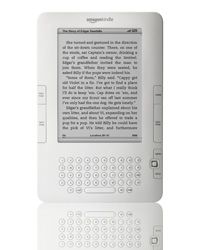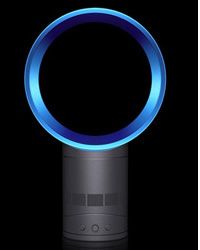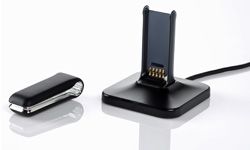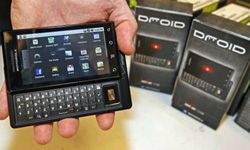Gadgets come and go, but every year a few electronic goodies make headlines and put a permanent stamp on our collective consciousness. Recently, many of those products have been handheld digital devices designed to conquer a wide array of problems that crop up in our daily lives.
Once again, some of the most innovative and powerful devices are small, portable computers, which often fall into the smartphone category. They let us stay in touch with friends and co-workers in an amazing number of ways, help us perform work on the subway or find the nearest coffee shop, all with just a few commands. You can choose from thousands of applications that help you customize your smartphone, in essence creating your own portable digital toolbox for any number of uses.
Advertisement
However, there's more to life than staying connected. The year 2009 showed us a lot of other innovations, including cheap, effective ways to track your physical activity and better ways to cool down after a run, too.
Keep reading to see five gadgets, listed in no particular order, that have the power to change your lifestyle and push product development into exciting new areas in 2010.





